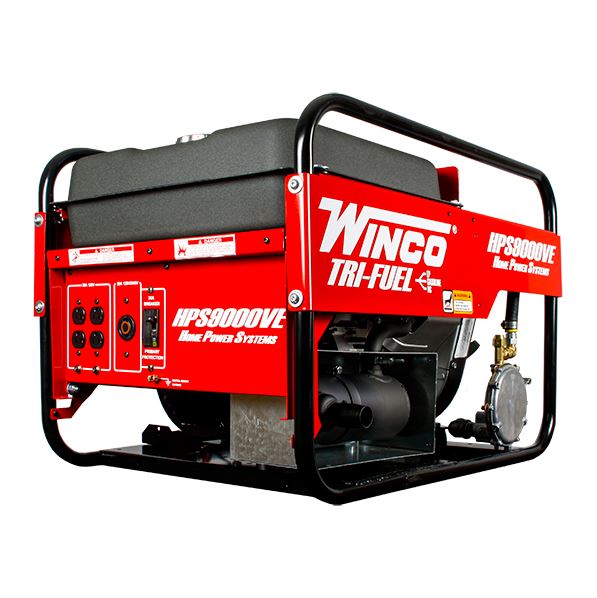I'm sizing a generator and the largest load is the well pump (240v). Using a clamp meter on each of the two hot leads I get a reading of 7A per while it's running. If I'm thinking about that right, it means my choices are:
A) 7A x 120v x 2 = 1680 watts
B) 7A x 240v = 1680 watts
C) 7A x 240v x 2 = 3360 watts
D) A or B
E) none of the above, don't let the computer guy play with the clamp meter
Trying to google that has been maddening.
A) 7A x 120v x 2 = 1680 watts
B) 7A x 240v = 1680 watts
C) 7A x 240v x 2 = 3360 watts
D) A or B
E) none of the above, don't let the computer guy play with the clamp meter
Trying to google that has been maddening.


